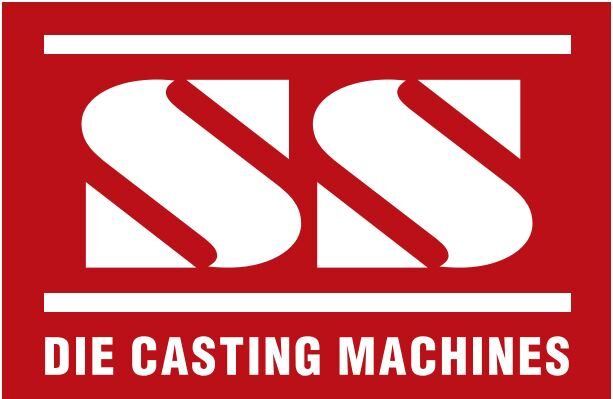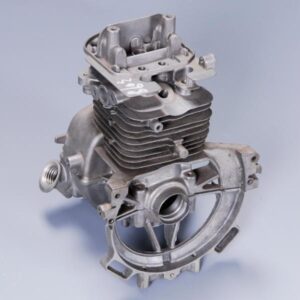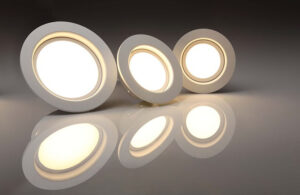Aluminium dies casting alloys are lightweight and posses high dimensional stability for complex part geometries and thin walls. Aluminium withstands good corrosion resistance and mechanical properties as well as high thermal and electrical conductivity, making it a good alloy for die casting. Low-density aluminium metals are essential to the die casting industry. The Aluminum Die Casting process retains a durable strength at very high temperatures, requiring the use of cold chamber machines. The molten metal is still contained in an open holding pot which is placed into a furnace, where it is melted to the necessary temperature.
What is the process of aluminum die casting?
The casting process implements a steel mould often capable of producing tens of thousands of castings in rapid succession. The die must be made in at least two sections to permit the removal of castings. The casting cycle begins with the two die halves are clamped tightly together by the die casting press. Molten aluminium is injected into the die cavity where it solidifies quickly. These sections are mounted securely in a machine and are arranged so that one is stationary while the other is moveable. The die halves are drawn apart and the casting is ejected. Die casting dies can be simple or complex, having moveable slides, cores, or other sections depending on the complexity of the casting. Most machines use mechanisms actuated by hydraulic cylinders to achieve locking. Others use direct-acting hydraulic pressure. Die casting machines, large or small, very fundamentally only in the method used to inject molten metal into the die.





